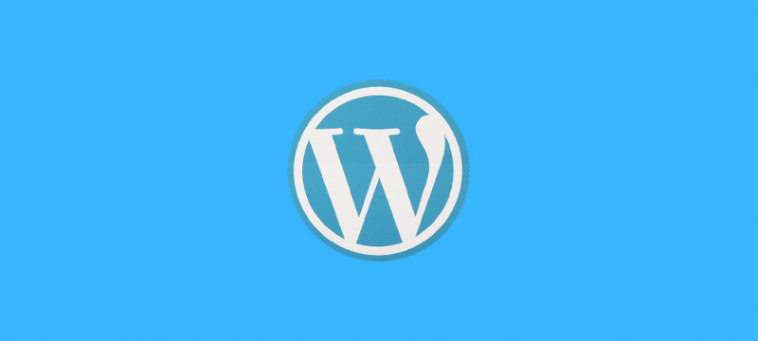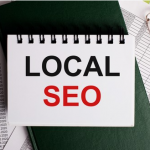Creating a new website is probably not at the top of your list of things to do with your free time. Not in a world when Netflix series need to be binge-watched and new video game releases need to be beaten (you take your duties very seriously).
Yet, website development must be completed at some point. There’s no reason to spend any more time on it than is absolutely necessary.
Yes, the website must be completed. Yes, it must look great and have all of the necessary features. But it doesn’t imply you have to devote the majority of your time to it during the following few weeks. You probably don’t have that option in the first place. You’ll need to get it up as soon as possible ideally, yesterday.
The key to fast developing a website is to:
1. Stick to website-building technologies that are simple and quick to use (you’ve already decided on WordPress), and
2. Make sure you’re approaching the process intelligently so you don’t end up performing work you don’t need to. This article will help you in checking that box.
7 Tips for Creating a WordPress Website Quickly
Because you may use many of the accessible tools and templates already available, WordPress is ideal for a quick production process. However, in order to get the most of those possibilities, you should think carefully about how you approach the whole process of building your WordPress site.
Here’s what to do.
1. Plan first.
It will be easier to create if you know what you want ahead of time. If you start without a plan, you risk stumbling through the process and discovering what you enjoy only after you’ve spent time creating something you don’t like.
Consider how you want your website to look and what you want it to include to save time and frustration. Consider:
The website features you require. What will you need your website to perform and include in order to achieve your objectives? Is it an e-commerce site that requires a shopping cart and a secure payment processing system? Or do you have a simple blog that you just want to make it easier to update and promote new content?
You’ll need to develop certain pages and categories. Make a list of the most crucial pages you’ll be working on. Also, decide which pages and/or categories will be included in your main menu, as well as how they will be organized.
Having a general idea of what you want can help you make better decisions in the next steps.
2. Choose your web hosting and the domain registrar.
This stage is technically optional before beginning the construction process. However, completing it early will ensure that you are aware of the tools and services that come standard with your web hosting plan. And after your website design is finished, you can publish it right away.
You’ll know exactly what your website will be named if you secure your domain name before you get too far into the design process. You won’t have to rename it at the last minute to accommodate a different domain name.
Many web hosts, including Host.co.in, provide both Cheap WordPress hosting and domain registration services. Taking care of both things in one location means you’ll have one less thing to worry about when it comes to getting set up and renewing your account each year.
3. Find the right WordPress theme.
If you complete this step correctly, you can significantly reduce your time commitment. You won’t have to do nearly as much work to bring your website to that point if you pick a WordPress theme that looks close to what you want it to look like.
4. Identify the WordPress plugins you need.
Whatever your grandmother may say, not everything is better made from scratch. One of the benefits of WordPress is that it eliminates the need to construct website functionality from the ground up.
Choosing and installing a theme is far easier (and faster) than attempting to achieve the same result through coding. So, before you do any unnecessary labor, see what plugins are available to help you.
Before you get too far into the design process, choose and install plugins to make sure you know what you’re dealing with. You’ll be able to design around the features they offer, ensuring that everything fits and functions well together.
5. Customize your theme.
This will most likely be the most time-consuming step, but it must be completed. Now you must customize the theme you choose to create your own website.
Recall your strategy from the first step. Make the pages you’ve chosen. Match their visual style to the look and feel you’re going for. Write copy that outlines what your website is and why visitors should be interested. Also, make sure your menu and site organization are in order so that everything is intuitive.
6. Keep it simple.
Make the job no more difficult than it needs to be. Create only as many pages as you require. Only use as many words, photos, and page elements as necessary to convey your message. Maintaining simplicity as a goal is beneficial in more ways than one. It also aids you in avoiding a crowded website. A busy website with too much going on is both unattractive and confusing.
Sticking to the basics gives visitors a better user experience and reduces distractions, resulting in greater outcomes.
7. Proofread and test.
You don’t want to skip these stages, even if you’re in a rush. After you’ve launched, fixing mistakes will take at least as long, but only after you’ve embarrassed yourself. So, before you publish the site, take some time to check over it page by page.
Check that all of your material is clear, devoid of basic mistakes, and doesn’t contain any strange terminology. Check out the links and any forms. Make a test purchase if it’s an eCommerce site.
Look, you’re eager to have the website up and running at this stage. We understand. But this is how you’ll catch any major, embarrassing flaws before you go live. Catching issues early provides you the opportunity to fix them before they become more serious.
Sloppy Doesn’t Have to Mean Quick
With the support of WordPress and a well-thought-out strategy, you can rapidly get a website up and running without skipping any crucial steps. Give yourself plenty of time to prepare and locate the necessary tools upfront, and don’t skimp on the testing phase at the end. You may not have had the site up yesterday, but will you have it up tomorrow? That might be possible.




